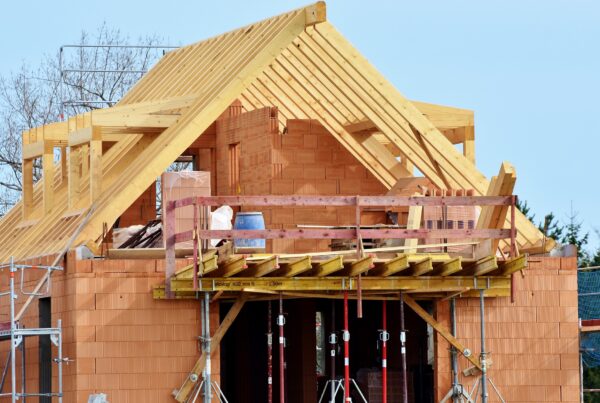The starting shot has been fired for the first round of consultation on Dorset Council’s new Local Plan, says KPPC Planning Director Adam Bennett.
Following agreement by the local authority’s cabinet on June 24, it will be held from August 18 onwards for eight weeks.
The new Local Plan has been a long time coming. Consultation on a full draft Local Plan was actually held more than four years ago in January 2021 but preparation of this plan was halted in March of this year.
Clearly, much has happened since 2021; not least changes to the National Planning Policy Framework (NPPF) and the introduction of the government’s much-heralded Planning and Infrastructure Bill.
Significantly, under a new Standard Method, the housing need calculation for Dorset has increased from 1,793 new homes per annum to 3,246.
The options document due to go out for consultation in August will be required to include a strategy to meet this figure as well as for employment, infrastructure and other needs for the next 15 years.
It will consult on development opportunities to help identify any deliverability issues and some strategic directions of travel but will not propose detailed policies.
Importantly, the council will soon issue a Call for Sites. This is the opportunity for landowners, developers and other stakeholder parties with legal interests in land to submit their sites to the council for consideration as part of the Local Plan Making process.
This could include previously developed land but will also comprise large areas of greenfield and greenbelt release; including importantly the newly designated ‘grey belt’ sites.
Anyone who considers that they have a site that they would like to see promoted, which they consider would be suitable for development or would like advice on whether it is worth promoting, is very welcome to reach out to us and we will be happy to assist.
The council will have little choice but to consider substantial releases of greenfield land, most notably following the changes to the NPPF the council should be looking to focus upon ‘grey belt’ sites, being the weaker areas of the green belt where development is deemed appropriate, and moreover careful consideration will need to be given to sites previously rejected or left out of previous Local Plans.
It may be argued by some that the new Standard Method calculated housing figure is unrealistically high, however this is unlikely to hold much, if any, weight at public examination. The council are tasked with delivering this assessed housing need figure, and if they can’t achieve it alone, to work with their neighbours to see their needs met in full.
A constraints based approach to housing delivery, restrained by the county’s environmental designations and geography, a perceived lack of major industry and limited transport connections is equally unlikely to be looked upon favourably by examiners.
Dorset Council would be ill-advised to take a ‘constraints based’ approach of this kind, which has already in part resulted in the Bournemouth, Christchurch and Poole (BCP) Local Plan being declared unsound following a public examination at which we made representations earlier this year.
Examiners could not have been clearer in their final reports to several recent high profile Local Plan Examinations, meeting the requirements of the duty to co-operate is non-negotiable.
Councils must work together, explore the options presented by their plan areas, and even more importantly under the new NPPF, demonstrate how they are meeting the needs of their areas in full through this collaboration.
It will not be sufficient to simply claim that local plan making processes are out of step or the opportunity to engage is limited, councils are required to co-operate and evidence that this has occurred and how it has influenced their plan making strategy.
Alongside the Local Plan, Dorset Council is also set to draw up a new ‘landscape led’ Design Code and Guidance for adoption towards the end of 2026.
This aims to ‘facilitate locally distinctive, high-quality and sustainable development that responds to the natural environment, climate and ecology strategy’. It will need close scrutiny to ensure that it does not lay the seeds for delays, obfuscation and refusal for any future developments.
Good design sits at the heart of positive place making and development. It is important that appropriate innovation is not stymied by a desire to accord precisely with an existing character or context. Most importantly, we must recognise that in order to meet the increased housing needs of the new Standard Method, that increases in density and evolutions of our built-up areas will need to occur. We must build efficiently and maximise the opportunities of land.
We must see an appropriately ambitious Local Plan which is capable of delivering the housing and development that is so critical to address the dire lack of housing and economic development in Dorset that will allow our communities, businesses and people to prosper.
It is important that the council listens to the voice of stakeholders, including those in planning and property, for realistic and informed perspectives during the Plan Making process.
With the preparation of the final draft Dorset Local Plan not occurring until August 2026 at the earliest, before further consultation and submission to the Secretary of State in December 2026 for a public examination, a new Local Plan could be three years away.
There is no time to lose – the council must get it right first time.
- Please contact us to discuss your site on 01202 538800 or by emailing info@kppcltd.co.uk






